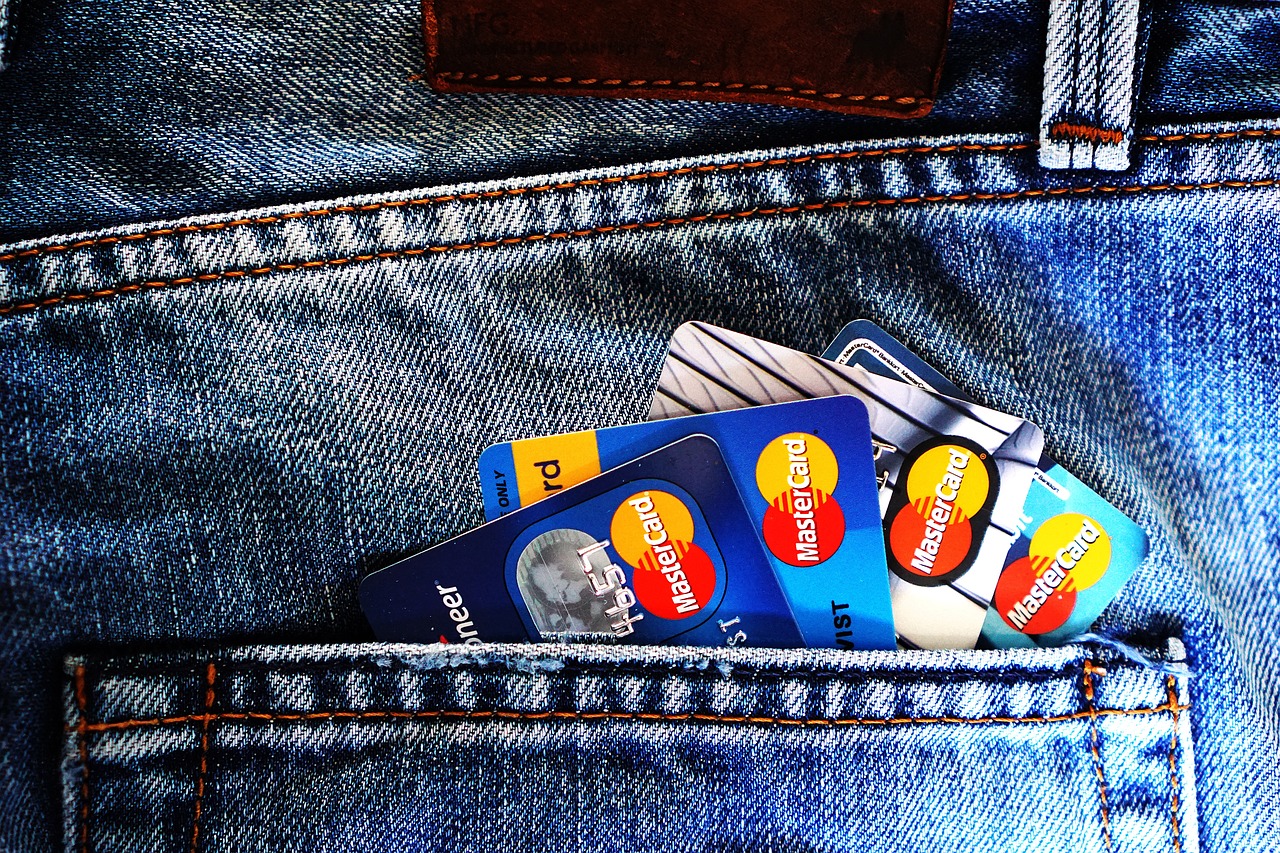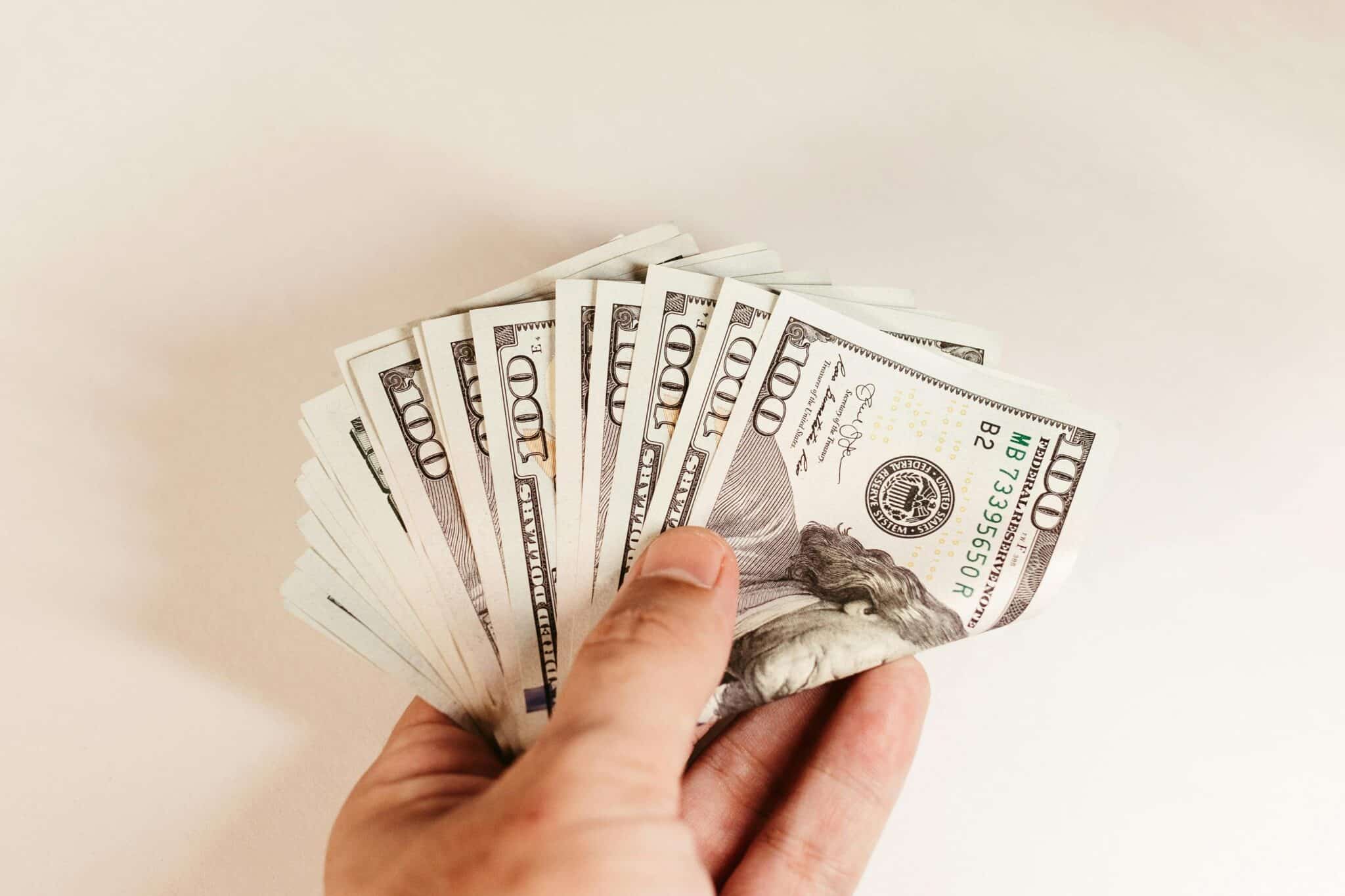Key Takeaways
- In August 2025, the average U.S. credit card APR on new purchases was 23.99%, with most between 20% and 24%.
- The Federal Reserve reported an average APR of 21.47% for accounts assessed interest in May 2025.
- Nearly 70% of cardholders who asked for a lower APR in a 2022 survey were successful.
- Over 60% of users preferred rewards or cash-back cards in a 2024 Credit Card Research Institute report.
According to recent data, the average APR on outstanding credit card balances in the U.S was about 21.95%, while advertised purchase APRs typically fall around 23.99%. Your actual rate will depend on factors like your credit score, the card type, and the issuer’s policies. Those with excellent credit might snag rates around 15%–18%, while others could see rates pushing 30% or more.
Suppose you’re currently carrying a balance or considering using a credit card to cover everyday expenses or an emergency. In that case, it’s important to understand how much that interest can add up over time. High APRs can quickly turn a small purchase into long-term credit card debt if you’re only making minimum credit card payments. If you need financing but don’t qualify for low-interest credit cards, exploring personal loan options or promotional 0% APR cards might be a smarter way to manage your costs.
What Are Different Types of Credit Card APRs?
There are several types of APRs, including purchase APR, balance transfer APR, cash advance APR, and penalty APR, each applying to different transactions and situations.
- Purchase APR: Usually, based on your credit score, card features, and issuer policies.
- Balance Transfer APR: Often similar to purchase APR (15%–25%), but can be as low as 0% for an intro period on some promotional offers.
- Cash Advance APR: Typically 25%–29%, often with no grace period, meaning interest starts accruing immediately.
- Penalty APR: Can exceed twenty-nine percent, triggered by late or missed payments, or other violations of card terms.
When you use a credit card, the APR (Annual Percentage Rate) reflects the yearly cost of borrowing money on that account. Credit card interest rates are essentially the interest rate you’ll pay if you carry a balance, expressed as a yearly figure. What many cardholders don’t realize is that most cards don’t have just one APR; they have multiple rates that apply to different types of transactions. Understanding these differences can help you avoid unnecessary interest charges.
The most common is the purchase APR, which applies to everyday purchases when you don’t pay your balance in full by the due date. There’s also the balance transfer APR, which is charged on credit card debt moved from another card, and it may be lower, sometimes even 0%, during an introductory period.
The cash advance APR usually sits much higher and applies when you withdraw cash using your credit card, often with no grace period. Finally, the penalty APR is the steepest rate and can kick in if you miss payments or violate your card’s terms.
Credit cards can have more than one APR, with each rate applying to a specific type of transaction, such as purchases, balance transfers, cash advances, or penalties for missed payments.
| Type of Credit Card APR | What It Means | When You Pay It | Typical Interest Rate | Important Notes |
| Purchase APR | Credit Card Interest charged on regular purchases | When you carry a balance past the due date | ~15%–25% | Avoidable if you pay your statement balance in full each month. |
| Balance Transfer APR | Interest on debt moved from another card | From the day you transfer the balance | 0%–20% (0% promo for 6–21 months possible) | May include a transfer fee of 3–5%; promo rates expire. |
| Cash Advance APR | Interest on cash withdrawn using a credit card | Immediately after the cash advance | ~25%–30% | No grace period; extra cash advance fee applies. |
| Penalty APR | Higher interest rate for missed payments or violations | After a late payment or breach of terms | Up to 29.99%+ | Can last indefinitely; harder to reverse once applied. |
What Are The Factors That Influence Your APR in the U.S?
The main factors that influence credit card interest rates in 2025 and your APR include your credit card profile, the economy, your card issuer’s policies, and your account management habits. Financial institutions evaluate your credit score, history, and overall financial health to determine your risk level.
Excellent credit holders often secure rates around 15%–18%, those with average credit usually fall in the low-to-mid twenty percent range, and subprime or fair-credit borrowers can face APRs in the high twenties, with penalty APRs sometimes exceeding 29%.
- Factors that affect your APR:
- Credit Card Profile – Credit score, history, and financial health
- Economy & Market – Changes in the prime rate or Fed policy
- Card Issuer Policies – Each lender sets its own risk and pricing strategy
- Account Management & Behavior – Payment history, balance habits, and limit use
How to Find Your Credit Card APR?
To find out your credit card’s APR, check your monthly credit card statement, log in to your online account, or contact your credit card issuer directly. The APR is typically listed in a section labeled “Interest Rates and Interest Charges.” Reviewing your credit card APR regularly is important so you know exactly what interest rate is being charged on any outstanding balances. Comparing APRs across different credit cards can also help you find the best option for your financial needs and potentially save money on interest.
Credit card issuers are legally required to disclose your APR and related fees under the Truth in Lending Act (TILA). This law ensures that consumers can easily compare rates and understand the cost of borrowing. The APR must be presented in a standardized format, along with any conditions, such as whether it’s a fixed or variable rate, so that you can make an informed decision.
How to Lower Your Credit Card APR?
To lower your credit card APR, start by contacting your card issuer to request a better rate, improving your credit score, transferring your balance to a lower-interest card, and taking advantage of introductory offers. Many credit card companies are willing to negotiate your APR, especially if you have a good payment history and a strong credit profile.
Improving your credit score by paying bills on time, reducing credit card debt, and correcting errors on your credit report can qualify you for lower rates over time.
What Are the Current Average Interest Rates by State?
In mid-2025, average U.S. credit card APRs were in the low‑20% range (about 21.16% on all accounts and 22.25% on carried balances, per the Fed’s May 2025 report). Experian notes that any APR below the roughly 21.47% national average (as of Nov. 2024) is considered “good”.
June 2025 data shows the average APR for new credit-card applicants (assuming a 700 FICO) is about 20.12%
| State / DC | Estimated Avg APR (%) |
| Alabama | 16.06 |
| Alaska | 18.46 |
| Arizona | 17.83 |
| Arkansas | 16.36 |
| California | 18.99 |
| Colorado | 17.01 |
| Connecticut | 18.92 |
| Delaware | 17.12 |
| District of Columbia | 18.41 |
| Florida | 19.42 |
| Georgia | 19.46 |
| Hawaii | 17.40 |
| Idaho | 17.02 |
| Illinois | 17.22 |
| Indiana | 16.13 |
| Iowa | 15.30 |
| Kansas | 16.24 |
| Kentucky | 15.35 |
| Louisiana | 17.20 |
| Maine | 16.72 |
| Maryland | 19.16 |
| Massachusetts | 17.76 |
| Michigan | 17.25 |
| Minnesota | 15.58 |
| Mississippi | 15.91 |
| Missouri | 16.09 |
| Montana | 16.83 |
| Nebraska | 16.33 |
| Nevada | 19.45 |
| New Hampshire | 17.00 |
| New Jersey | 19.20 |
| New Mexico | 16.20 |
| New York | 19.39 |
| North Carolina | 17.39 |
| North Dakota | 16.86 |
| Ohio | 16.01 |
| Oklahoma | 16.40 |
| Oregon | 16.84 |
| Pennsylvania | 16.96 |
| Rhode Island | 16.94 |
| South Carolina | 17.25 |
| South Dakota | 15.61 |
| Tennessee | 16.14 |
| Texas | 19.01 |
| Utah | 15.33 |
| Vermont | 16.92 |
| Virginia | 18.88 |
| Washington | 18.90 |
| West Virginia | 14.69 |
| Wisconsin | 15.26 |
| Wyoming | 16.91 |
Disclaimer: These are estimates, not observed, account-level APRs by state.
What Are Different Credit Card Types?
Different types of credit cards are designed to meet various spending habits and financial needs, ranging from low-interest cards to specialized rewards cards. Different types of cards include travel, airline, and hotel cards.
These cards offer points or perks for frequent travelers, while general rewards and cash-back cards provide incentives on everyday purchases. Gas rewards cards benefit drivers with fuel discounts, and student cards help young adults build credit with lower limits and educational tools. Knowing these types helps consumers choose the best card for their lifestyle and goals.
| Type of Credit Card | Best For | Key Features |
| Low-Interest Credit Cards | Carrying a balance | Lower APR to reduce interest charges |
| Travel Rewards Cards | Frequent travelers | Points/miles redeemable for flights and travel perks |
| Airline Credit Cards | Loyal airline customers | Airline miles, priority boarding, free checked bags |
| Hotel Credit Cards | Regular hotel guests | Hotel points, room upgrades, free nights |
| Rewards Cards | Everyday spending | Points or rewards on various purchase categories |
| Cash-Back Credit Cards | Simple savings | Percentage of cash back on purchases |
| Gas Rewards Cards | Drivers who fuel often | Discounts or points on gas purchases |
| Student Credit Cards | Students building credit | Lower credit limits, educational tools |
CreditNinja’s Final Thoughts on Credit Card APRs
Understanding your credit card’s APR is essential to managing your borrowing costs and making informed financial decisions. Knowing how interest rates work and how they vary based on your credit profile, card type, and issuer policies can help you avoid costly surprises and save money over time.
Always take the time to compare credit card offers, paying close attention to the APR and any promotional rates, so you can choose the card that best fits your spending habits and financial goals.
FAQ
What is considered good annual percentage rates for a credit card?
A good APR for 2025 is generally anything below 18%, which is around the national average. If your APR is below 15%, that’s even better
Why is my credit card APR so high?
Your APR may be high due to a low credit score, limited credit history, or the type of card you have, like a rewards or store card. Issuers also adjust rates based on the prime rate, which can rise during periods of inflation.
What is the average credit card interest rate?
For credit card accounts that were assessed interest, the average annual percentage credit card interest rate was 21.95% as of February 2025, according to data from the Federal Reserve.
Can I negotiate my credit card APR?
Yes, you can negotiate! Many cardholders successfully lower their APR by calling their issuer, especially if they have a good payment history.
Sources
- https://www.businessinsider.com/personal-finance/credit-cards/average-credit-card-interest-rate
- https://www.forbes.com/advisor/credit-cards/average-credit-card-interest-rate/
- https://fred.stlouisfed.org/series/TERMCBCCALLNS?
- https://www.experian.com/blogs/ask-experian/what-is-a-good-apr-for-a-credit-card/?
- https://www.discover.com/credit-cards/card-smarts/good-interest-rate/
- https://www.forbes.com/advisor/credit-cards/average-credit-card-interest-rate/
- https://www.federalreserve.gov/releases/g19/20250507/
- https://www.macrotrends.net/3153/us-credit-card-interest-rates#:~:text=U,as%20of%20May%202025




